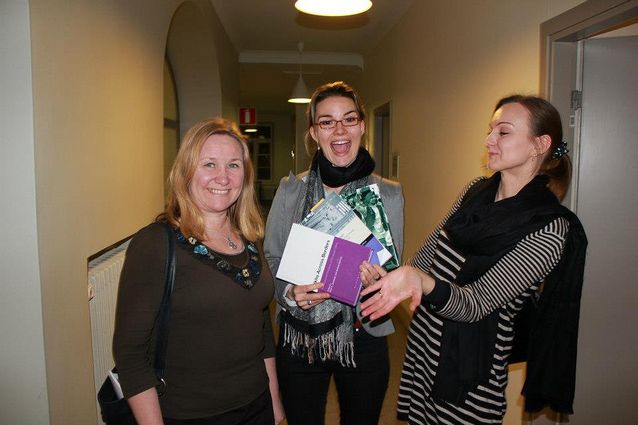Hanna Snellman
Hanna Kyllikki Snellman
Born 16 April, 1961, Sodankylä
Master of Arts, 1986 and Doctor of Philosophy 1997 (European ethnology), University of Helsinki
Vice-Rector 2018–, Professor of European Ethnology 2012– , Dean 2017–2018, Vice-Dean 2014–2016, Acting Dean 2014–15, University of Helsinki
Assistant, Finno-Ugric Ethnology, 1987–2004, University of Helsinki
Acting Assistant, Cultural Anthropology, 1991, University of Oulu
Docent, Finno-Ugric Ethnology, University of Helsinki, 2001
Academy Research Fellow, 2004–2007 and Research Fellow, Helsinki Collegium for Advanced Studies, University of Helsinki
Finnish Chair, Lakehead University, Canada
Docent, European Ethnology, University of Oulu, 2010
Professor of Ethnology, 2009–2012, University of Jyväskylä
Publications, research projects and other academic activities
Photo: Ari Aalto
Authors: Hanna Snellman and Riitta-Ilona Hurmerinta (ed.)
Translated by John Calton

